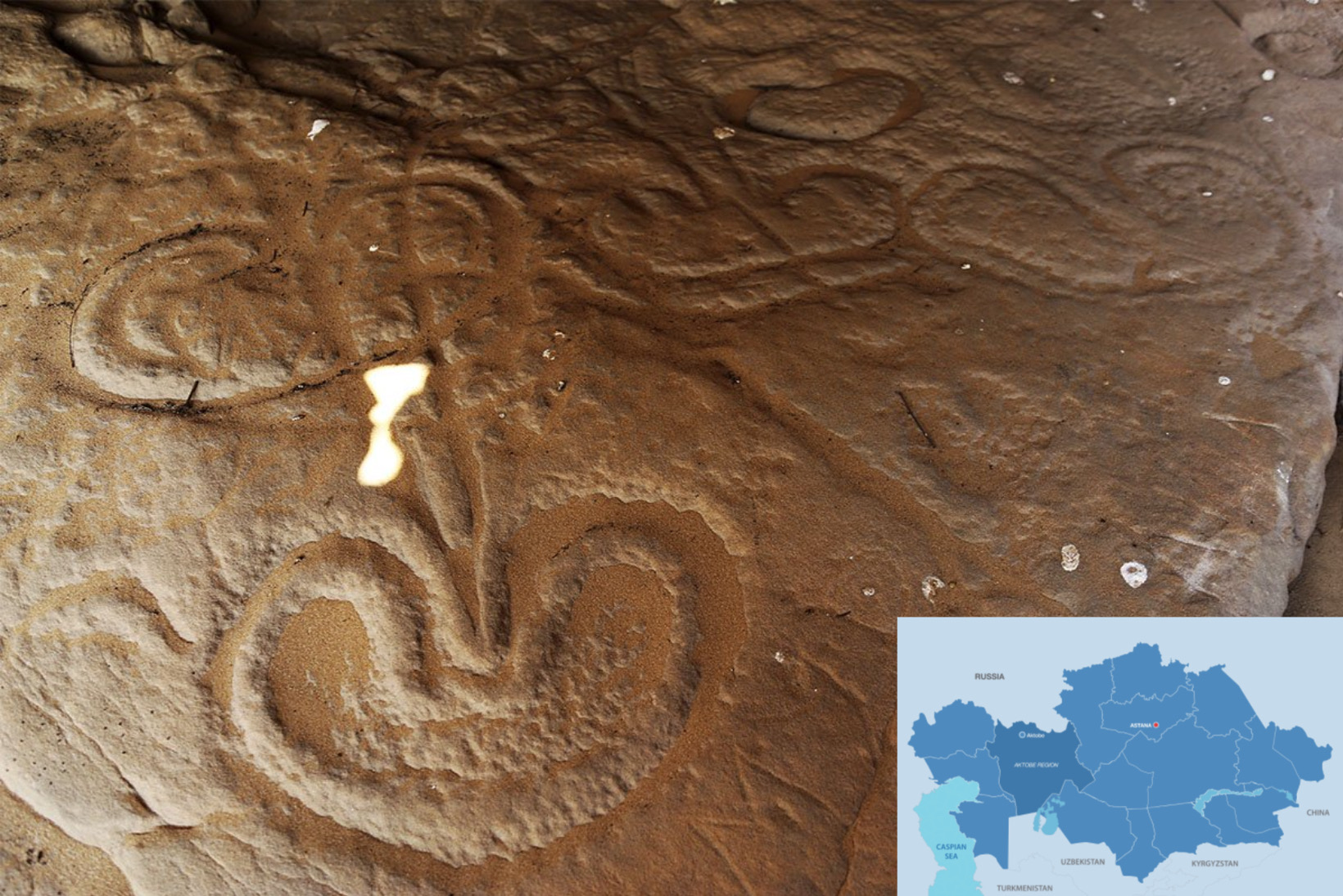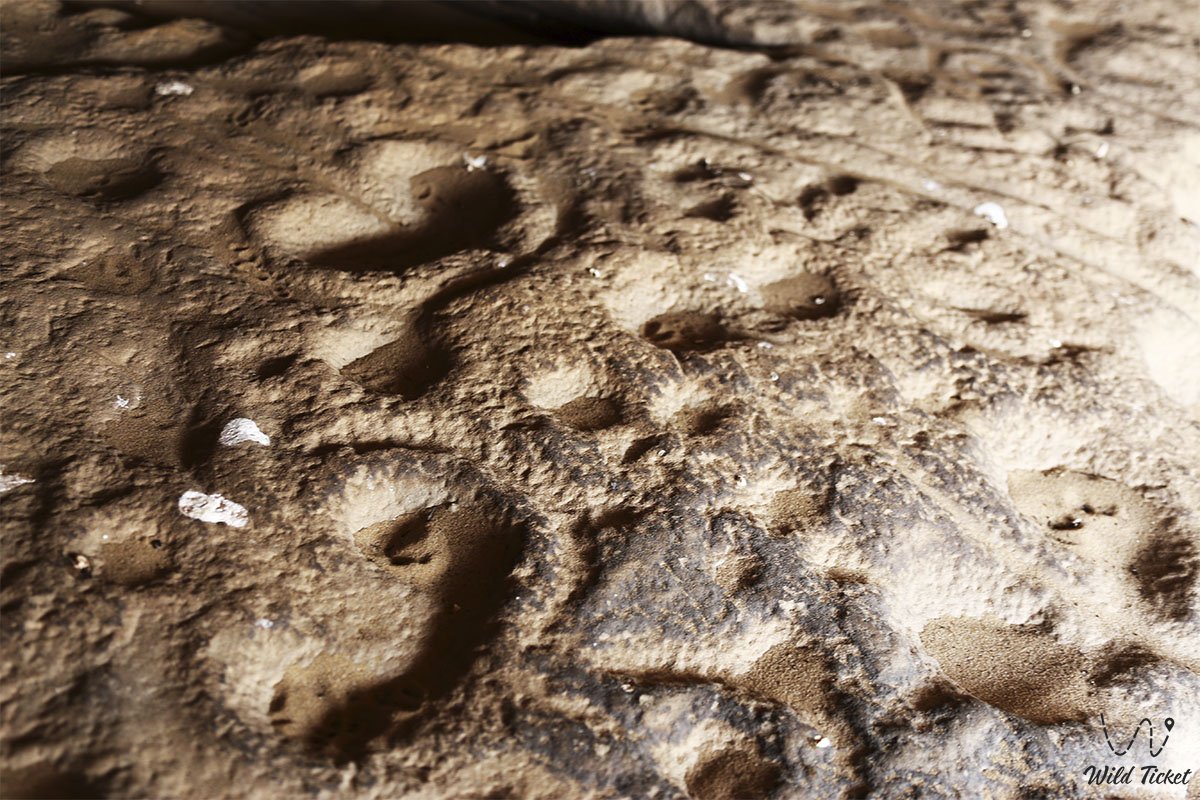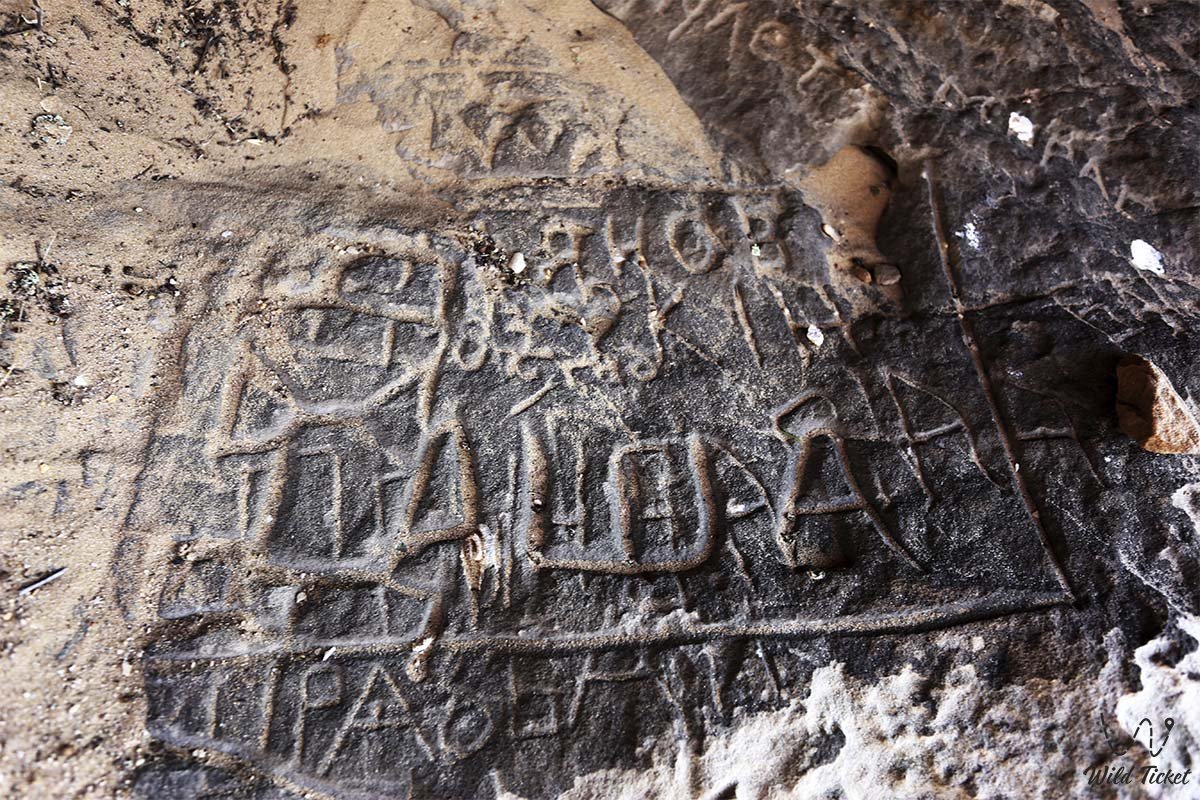ASTANA — In ancient times, Kazakhstan was the center of the migrational paths of primitive people, said Zhaken Taimagambetov, professor and chief researcher at the National Museum of Kazakhstan, at an international conference The Aral-Caspian Region in the History and Culture of Eurasia last year in Aktobe, reports Kazinform.

Artifacts strewed the territory around the Grotto Toleubulak in the Aktobe region. Photo credit: wildticketasia.com. Click to see the map in full size. The map is designed by The Astana Times.
Africa is considered to be the origin of the human race. There are archaeological sites older than four million years. According to Taimagambetov, there were two waves of migration of primitive people, the first one passing through Kazakhstan.
“When the Hindu Kush mountain range in the Himalayas were much lower, people passed to the territory of Kazakhstan through the Borykazgan and Tanirkazgan points. The second wave of migration took place when the Hindu Kush mountains rose as a result of tectonic movements and became impassable, forcing people to look for bypasses,” said Taimagambetov.
Taimagambetov said that sites of ancient people dated 700,000-800,000 years B.C. had been found in Kazakhstan. Most of the territory of Kazakhstan is arid, which makes the research of ancient sites more complex. There are practically no bone remains, and those that have been preserved are usually discovered in caves.

According to Taimagambetov, following over one year of research, more than 60 sites of primitive people have been discovered in the Mugalzhar mountains in the Aktobe region, where ancient people made the first primitive tools from quartzite. Photo credit: wildticketasia.com.
“I am leading three expeditions. In four years, we have discovered more than 80 caves in the Karatau Range in the south of the country. Bones that were found in one of the caves have been sent to the lab. We found a human tooth that dates back to 48,000 years in a cave in the Turkistan Region,” said the scientist.
The Aktobe region plays a special role in archaeological research. According to Taimagambetov, following over one year of research, more than 60 sites of primitive people have been discovered in the Mugalzhar mountains in the Aktobe region, where ancient people made the first primitive tools from quartzite.

Toleubulak petroglyphs. Photo credit: wildticketasia.com.
Archaeological sites are right on the surface of this area. Artifacts strewed the territory around the Grotto Toleubulak in the Aktobe region. It is the oldest shrine in Kazakhstan with cave paintings. Taimagambetov said this place should become a tourist attraction.
People of the Stone Age created images on the walls of this cave more than 10,000 years ago. Carved drawings with a depth of five centimeters with a diameter of 15-25 centimeters can be found on the floor of the cave. There are petroglyphs depicting hooves or mushrooms and anthropomorphic and deep lines. Some researchers speculate that these symbols could be the oldest on Earth.
“There is a proposal to build a museum here so that tourists will have access to this location,” said Taimagambetov.


